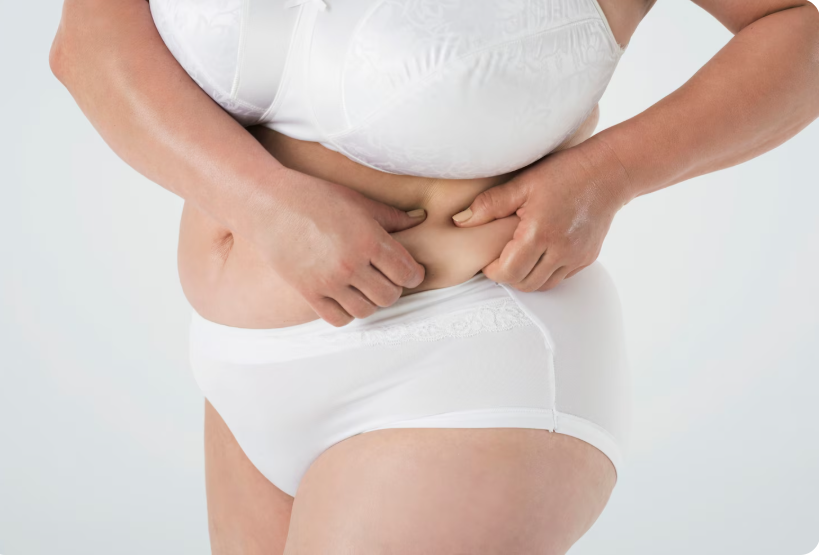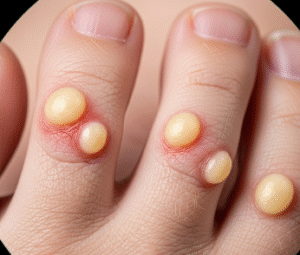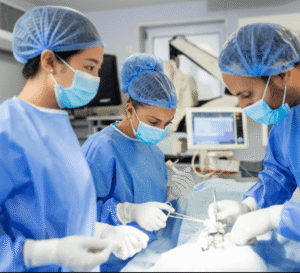What It Is
A panniculectomy is a surgical procedure that removes the pannus, which is an apron of excess skin and fat that hangs down from the lower abdomen, often extending over the thighs or groin. Unlike a cosmetic tummy tuck, which also tightens abdominal muscles and reshapes the waistline, panniculectomy focuses solely on removing the overhanging skin and tissue for functional and medical relief.
In Korea, panniculectomy is performed in specialized plastic and reconstructive surgery centers, often for patients who have undergone massive weight loss or bariatric surgery and are left with large amounts of sagging abdominal tissue.
Why It’s Done
Panniculectomy is usually performed for medical and quality-of-life reasons, such as:
- Relieving skin irritation, rashes, and infections caused by trapped moisture in skin folds.
- Improving hygiene and reducing odor in the abdominal area.
- Alleviating back pain and posture issues caused by carrying extra skin weight.
- Making walking, exercising, and daily movement easier.
- Allowing clothes to fit more comfortably.
It is not primarily a cosmetic procedure, but many patients also notice a significant improvement in body contour.
Alternatives
Depending on the patient’s condition, alternatives may include:
- Lifestyle modifications: Weight loss and exercise can reduce fat but not excess skin.
- Non-surgical skin tightening: Laser or radiofrequency treatments may help mild sagging but are not effective for large pannus.
- Abdominoplasty (tummy tuck): A cosmetic surgery that removes skin and fat while also tightening muscles, often chosen for aesthetic reasons.
- Body lift procedures: For patients with extensive skin excess in multiple areas after massive weight loss.
Preparation
Preparation is essential for safe and successful outcomes. Typical steps include:
- Consultation: Detailed discussion with a surgeon regarding medical history, weight stability, and surgical goals.
- Medical evaluation: Blood work, imaging, and health clearance from a physician.
- Lifestyle adjustments: Patients are advised to stop smoking and avoid alcohol for at least 4 weeks prior to surgery.
- Weight stability: Patients are often required to maintain a stable weight for 6–12 months before surgery.
- Recovery planning: Arranging support at home and time off work for at least 2–4 weeks.
How It’s Done
Panniculectomy is performed under general anesthesia and usually takes 3–5 hours. The steps include:
- Incision placement: A horizontal incision is made across the lower abdomen, sometimes extending from hip to hip.
- Excess tissue removal: The pannus (skin and fat) is surgically removed.
- Closure: The incision is closed with sutures, and drains may be placed to prevent fluid buildup.
- No muscle tightening: Unlike a tummy tuck, abdominal muscles are not repaired during panniculectomy unless combined with abdominoplasty.
Recovery
Recovery can take several weeks and requires careful aftercare:
- First week: Patients typically stay in the hospital for monitoring. Swelling, bruising, and discomfort are common.
- Compression garments: Worn to reduce swelling and support the surgical site.
- Mobility: Light walking is encouraged within a few days to prevent blood clots.
- Restrictions: Heavy lifting, bending, and strenuous activity should be avoided for 6–8 weeks.
- Results: The overhanging skin is removed immediately, but full healing and contour improvements take 3–6 months.
Possible Complications
As with any major surgery, panniculectomy carries potential risks, including:
- Infection or bleeding.
- Wound healing delays, especially in patients with large pannus.
- Seroma (fluid buildup under the skin).
- Noticeable scarring (usually concealed under clothing).
- Numbness or altered skin sensation.
- Rare but serious risks such as blood clots, deep vein thrombosis (DVT), or anesthesia complications.
Treatment Options in Korea
Diagnosis
- Comprehensive physical examination to evaluate pannus size and associated health issues.
- Assessment of skin infections, hygiene difficulties, or posture-related discomfort.
Medical Treatments
- Pre-operative medications to reduce infection risk.
- Post-operative pain relief, wound care, and scar management.
Surgical or Advanced Therapies
- Standard panniculectomy: Removal of the overhanging skin and fat.
- Extended panniculectomy: Larger excisions for patients with extensive sagging skin after massive weight loss.
- Combination surgeries: Panniculectomy combined with abdominoplasty, thigh lift, or body lift for full-body reshaping.
Rehabilitation and Support
- Post-surgery wound care and follow-up appointments.
- Scar management with silicone sheets, creams, or laser therapy.
- Lymphatic drainage therapy to reduce swelling.
- International patient support services including translation, hospital coordination, and virtual follow-ups













